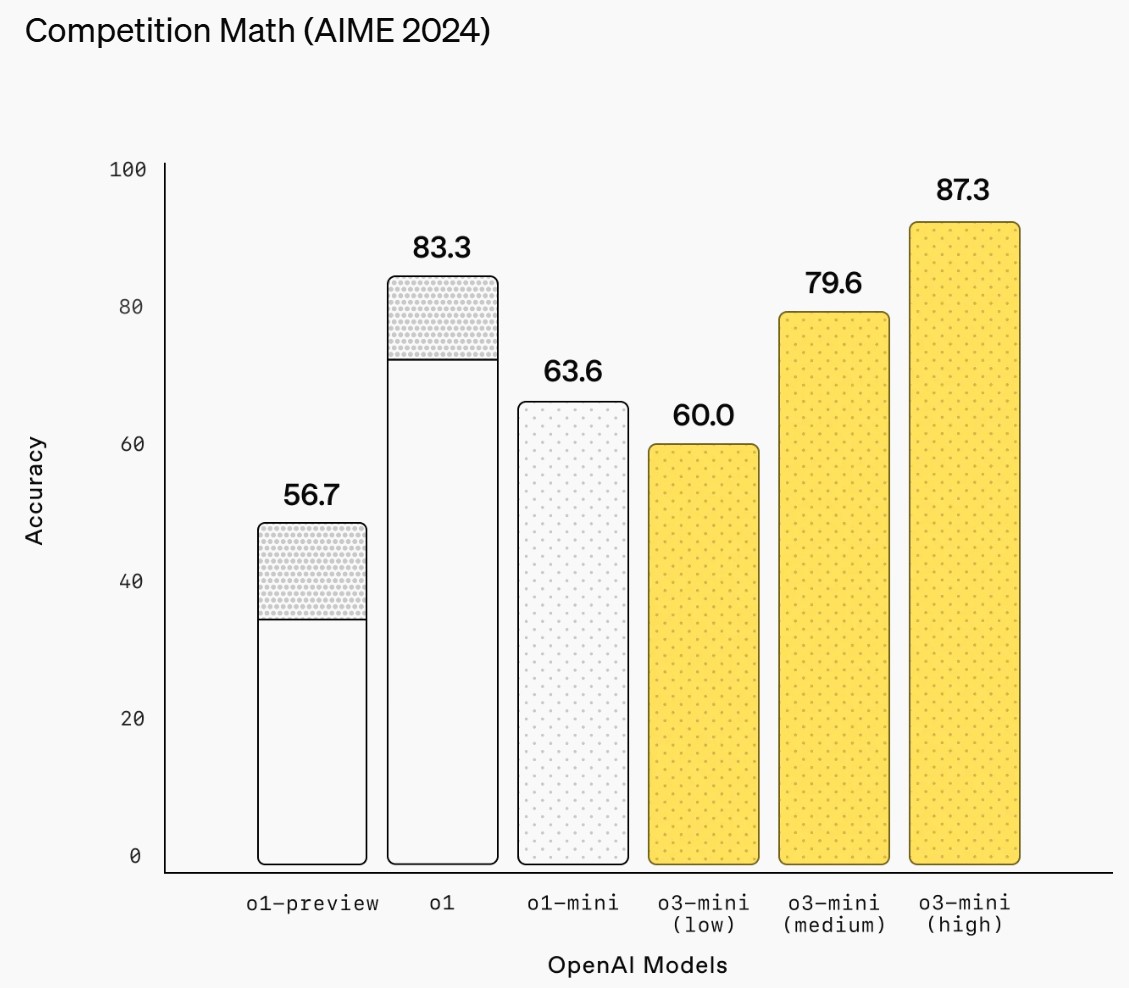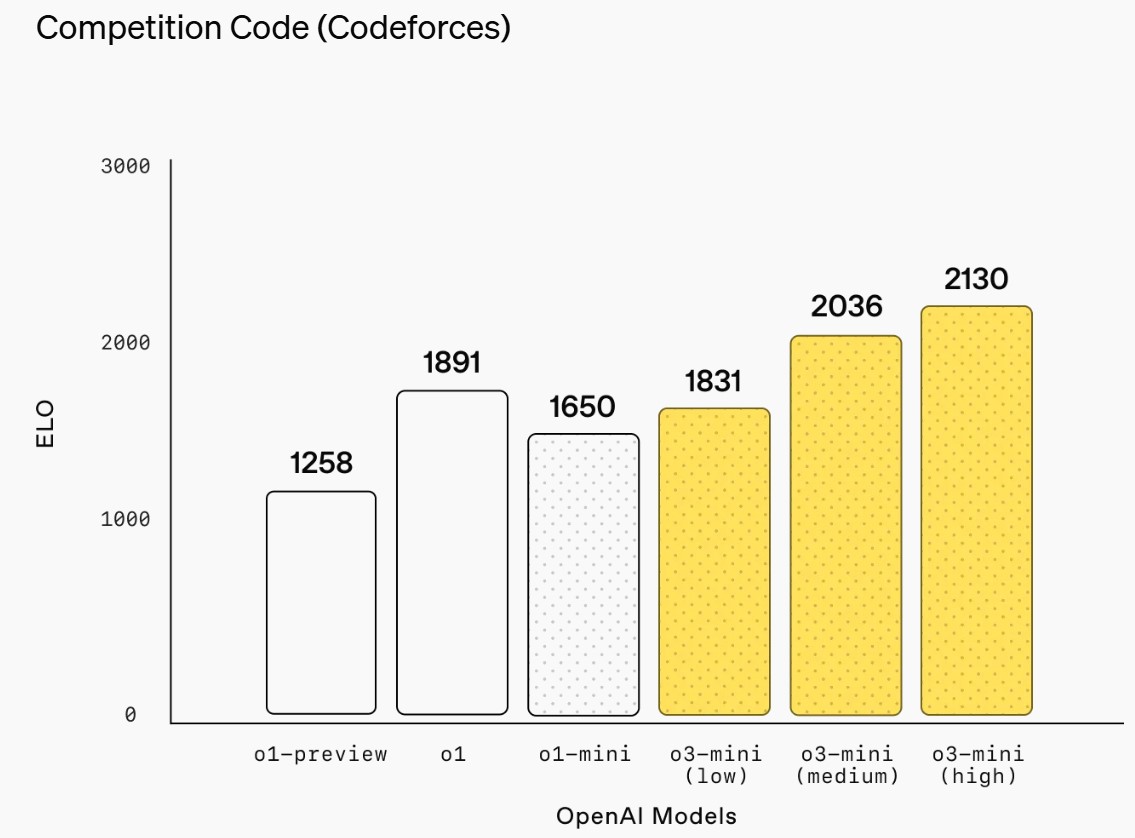BREAKING NEWS
LATEST POSTS
-
Python NumPy: the absolute basics for beginners
https://numpy.org/doc/stable/user/absolute_beginners.html
NumPy (Numerical Python) is an open source Python library that’s used in almost every field of science and engineering. It’s the universal standard for working with numerical data in Python, and it’s at the core of the scientific Python and PyData ecosystems. NumPy users include everyone from beginning coders to experienced researchers doing state-of-the-art scientific and industrial research and development. The NumPy API is used extensively in Pandas, SciPy, Matplotlib, scikit-learn, scikit-image and most other data science and scientific Python packages.
The NumPy library contains multidimensional array and matrix data structures (you’ll find more information about this in later sections). It provides ndarray, a homogeneous n-dimensional array object, with methods to efficiently operate on it. NumPy can be used to perform a wide variety of mathematical operations on arrays. It adds powerful data structures to Python that guarantee efficient calculations with arrays and matrices and it supplies an enormous library of high-level mathematical functions that operate on these arrays and matrices.
-
freecodecamp.org – Introduction to Linux
Linux Shell Script and Command Line for Beginners
Full course
https://www.freecodecamp.org/news/introduction-to-linux
-
A short 170 year history of Neural Radiance Fields (NeRF), Holograms, and Light Fields
https://neuralradiancefields.io/history-of-neural-radiance-fields/
“Lightfield and hologram capture started with a big theoretical idea 115 years ago and we have struggled to make them viable ever since. Neural Radiance fields aka NeRF along with gaming computers now for the first time provide a promising easy and low cost way for everybody to capture and display lightfields.”
“Neural Radiance fields (NeRF) recently had its third birthday but the technology is just the latest answer to a question people have been chasing since the 1860s: How do you capture and recreate space (from images)?”
“The plenoptic function measures physical light properties at every point in space and it describes how light transport occurs throughout a 3D volume.”
Google project Starline the latest in real time and compression image to 3D technology
FEATURED POSTS
-
OpenAI releases o3-mini
https://openai.com/index/openai-o3-mini
OpenAI o3-mini is our first small reasoning model that supports highly requested developer features including function calling(opens in a new window), Structured Outputs(opens in a new window), and developer messages(opens in a new window), making it production-ready out of the gate.
o3-mini does not support vision capabilities, so developers should continue using OpenAI o1 for visual reasoning tasks.
ChatGPT Plus, Team, and Pro users can access OpenAI o3-mini starting today, with Enterprise access coming in February. o3-mini will replace OpenAI o1-mini in the model picker, offering higher rate limits and lower latency, making it a compelling choice for coding, STEM, and logical problem-solving tasks.
As part of this upgrade, we’re tripling the rate limit for Plus and Team users from 50 messages per day with o1-mini to 150 messages per day with o3-mini.Starting today, free plan users can also try OpenAI o3-mini by selecting ‘Reason’ in the message composer or by regenerating a response. This marks the first time a reasoning model has been made available to free users in ChatGPT.









